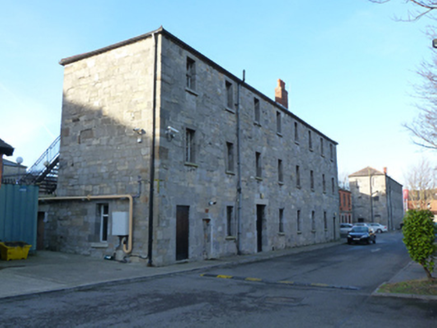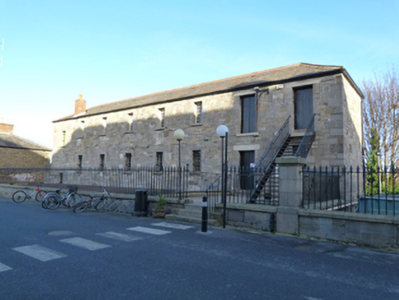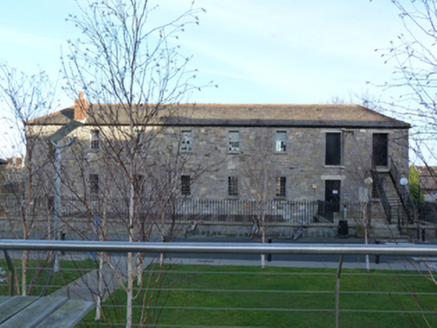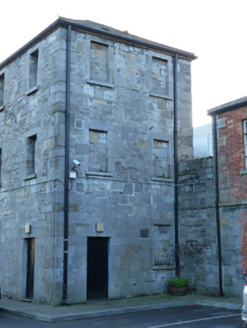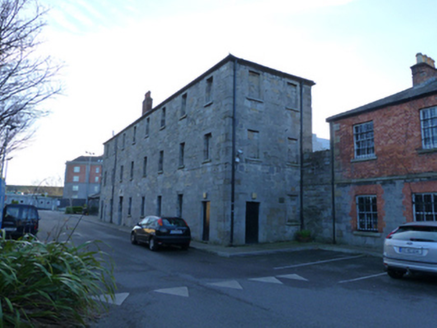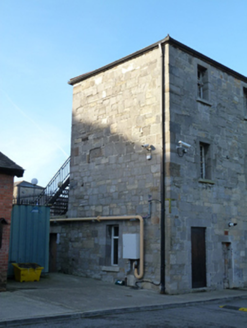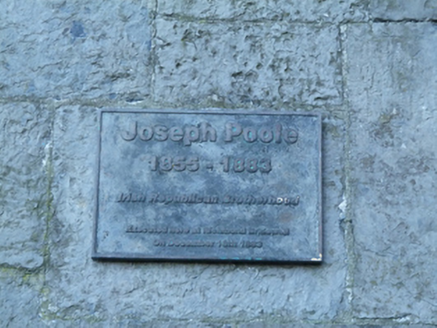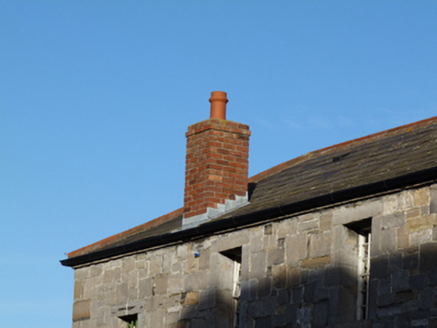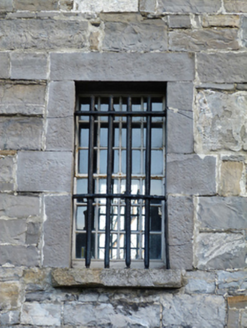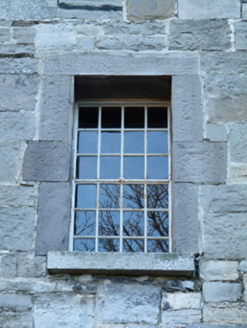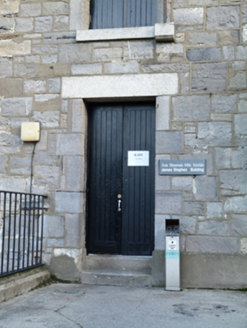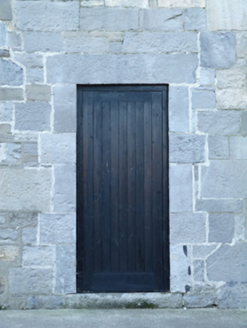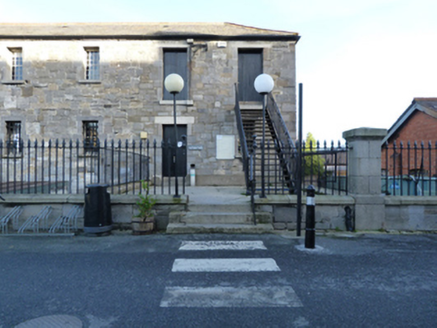Survey Data
Reg No
50080976
Rating
Regional
Categories of Special Interest
Architectural, Historical, Social
Previous Name
Griffith Barracks / Wellington Barracks / Richmond Bridewell
Original Use
Prison/jail
Historical Use
Barracks
In Use As
Office
Date
1810 - 1820
Coordinates
314809, 232540
Date Recorded
02/01/2014
Date Updated
--/--/--
Description
Attached eight-bay three-storey former bridewell building, built 1813-1818, subsequently in use as barracks stores, now in use as college. Hipped slate roof with red clay ridge tiles and red brick chimneystacks. Snecked limestone walls with dressed limestone quoins. Square-headed window openings with dressed limestone surrounds, granite sills, and cast-iron windows with pivoting toplights, some with cast-iron security bars. Blind openings to north elevation. Square-headed door openings with limestone and granite lintels, limestone surrounds and timber battened doors, some with overlights. Entrance to first floor of front (west) elevation accessed by platform and steps with wrought-iron handrails. Cast-iron railings with spearhead railing heads on snecked limestone plinth with granite coping to front.
Appraisal
Now known as the James Stephens Building, this is one of two gaol ranges which survive from the old Richmond Bridewell which was constructed between 1813 and 1818 to designs by Francis Johnston. It is solidly built and the need for security is apparent in the cast-iron windows, wrought-iron security bars and raised entrance. The building's name commemorates James Stephens, the Fenian leader who was imprisoned at the bridewell. The site was commandeered by the War Department and converted into a barracks in the period between 1877 and 1893, and archival drawings show this was used as a bedding and mattress store. A plaque commemorating Joseph Poole who was executed at Richmond Bridewell in December 1883 is located on the north elevation.
